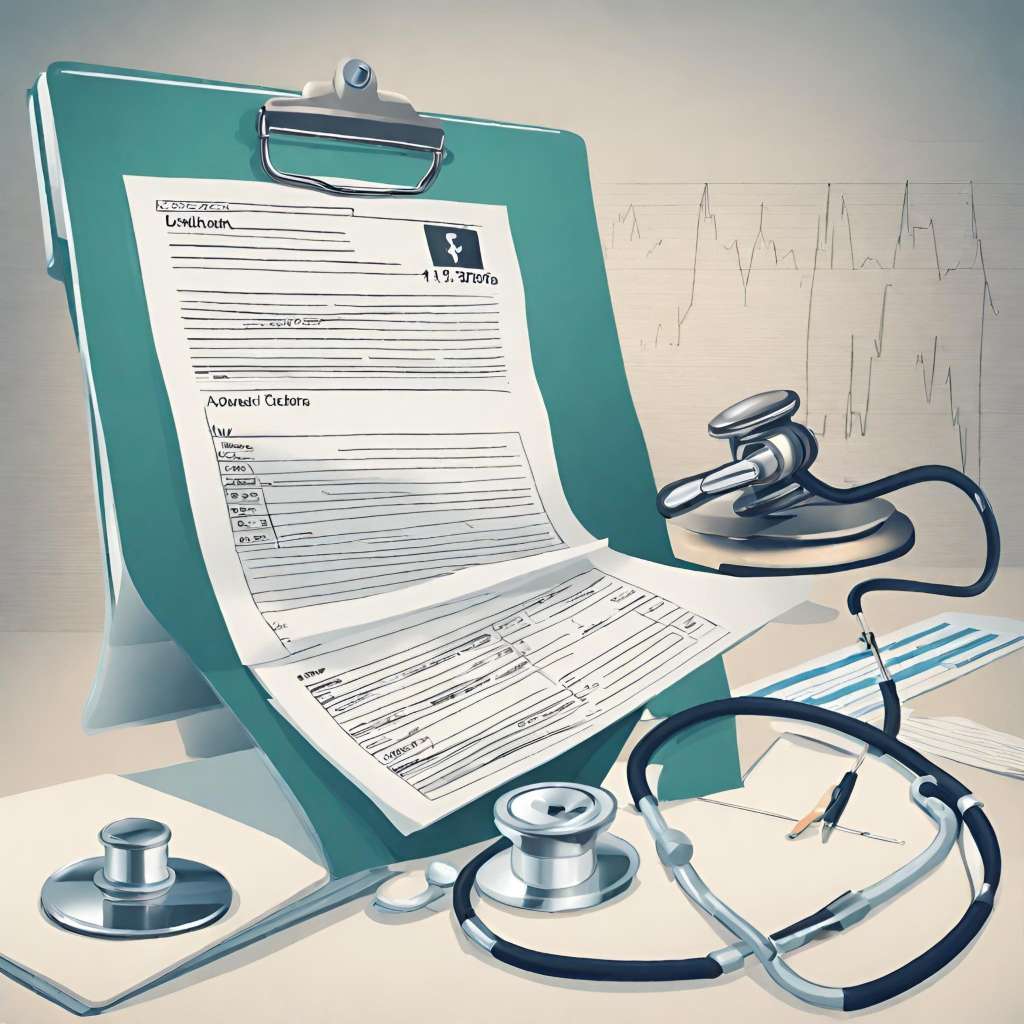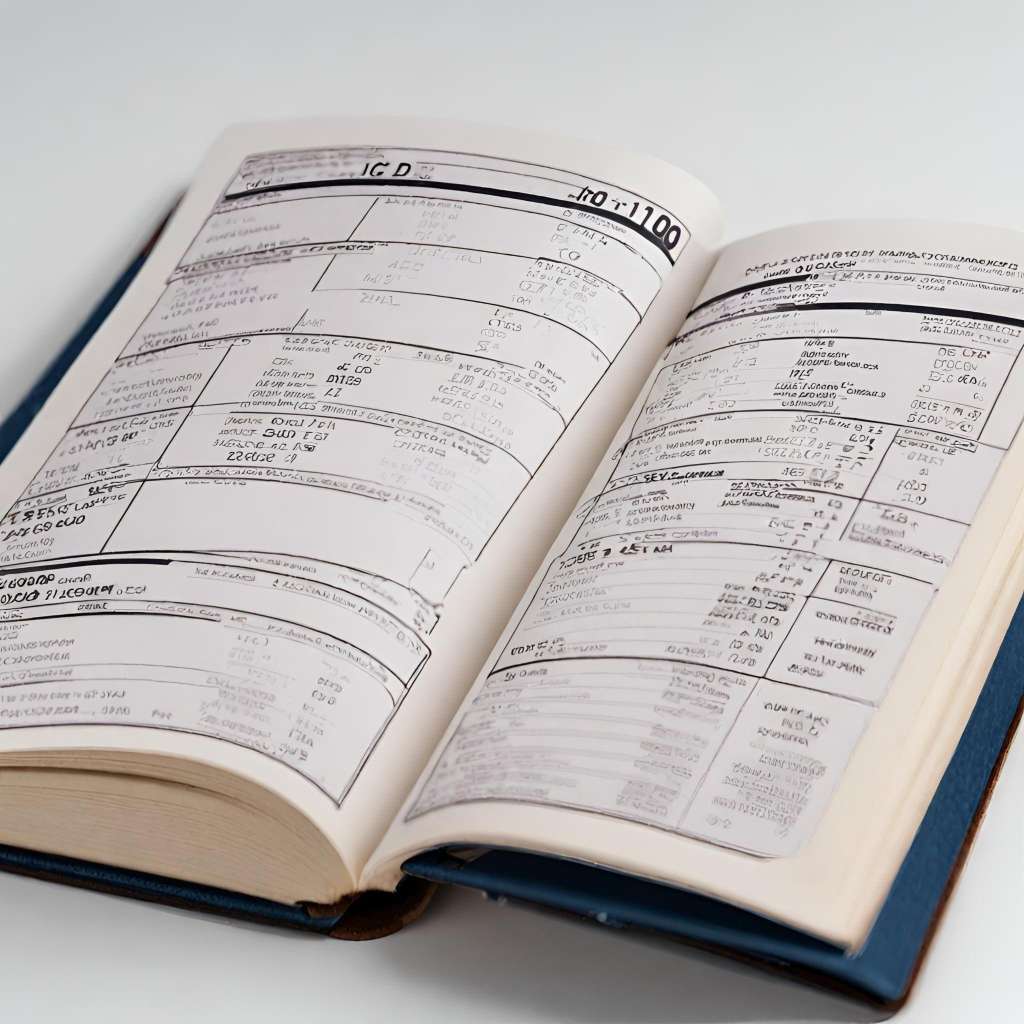Accurate medical coding is crucial for healthcare providers, insurers, and patients alike. Proper documentation and coding ensure that healthcare services are billed correctly, leading to fair reimbursement and, most importantly, better patient care. However, errors in medical coding documentation are common and can have serious consequences. In this article, we’ll highlight some of the most common mistakes in medical coding documentation and provide tips on how to avoid them.
Inadequate Documentation:

One of the most common mistakes in medical coding is inadequate documentation. It’s essential for healthcare professionals to record all pertinent details of a patient encounter. Incomplete notes can lead to coding errors, claim denials, and reimbursement issues. Make sure to include the following in your documentation:
- 1:Patient history
- 2:Chief complaint
- 3:Physical examination findings
- 4:Diagnosis
- 5:Treatment plan
- 6:Follow-up instructions
- 7:Upcoding and Downcoding Upcoding refers to assigning a higher-level code than the services provided, while downcoding involves assigning a lower-level code
Unbundling:
Unbundling is the practice of coding individual components of a bundled service separately. This is incorrect and can result in overcharging for services. Ensure that you use the correct bundled codes when billing for a group of related services.
Lack of Specificity:
Using vague or non-specific codes is a common mistake. The use of unspecified codes (e.g., “other” or “not elsewhere classified”) should be avoided whenever possible. These codes can lead to claims being rejected or underpaid.
Insufficient Knowledge:
Staying up to date with coding guidelines and changes is crucial. Medical coding is complex and constantly evolving, with new codes and revisions released regularly. Not staying informed about these changes can result in errors.
Ignoring Official Guidelines:
The American Medical Association (AMA), Centers for Medicare and Medicaid Services (CMS), and other official organizations publish coding guidelines that must be followed. Ignoring these guidelines can lead to errors in coding and documentation.
Poor Communication:
Communication between coders and healthcare providers is essential to ensure accurate coding. Coders should ask for clarification if documentation is unclear, and healthcare providers should be available to answer questions to prevent coding errors.
Overlooking Medical Necessity:
Medical necessity is a crucial component of proper coding. If a procedure or service is not medically necessary, it should not be coded. Ensure that documentation supports the medical necessity of each service provided.
Neglecting Timeliness:
Timely coding and documentation are essential. Delays in coding and submitting claims can lead to payment delays and decreased revenue. Consistently updating and submitting documentation is vital for revenue cycle management.
Failing to Double-Check:
Before submitting a claim, always double-check your coding and documentation for accuracy. Mistakes can happen, but a careful review can catch and correct them before they lead to claim denials or audits.
How to Avoid Mistakes in Medical Coding Documentation

Accurate medical coding documentation is crucial for healthcare providers, insurance companies, and patients alike. Mistakes in medical coding can lead to claim denials, financial loss, and even compromised patient care. To help you avoid these pitfalls, we have put together this easy-to-use guide on how to prevent errors in medical coding documentation.
Understand the Importance of Documentation
Before we dive into specific tips, it’s vital to grasp the significance of proper documentation in medical coding. Accurate documentation ensures that healthcare services are correctly billed, and reimbursed and that patient care is optimized. It is the foundation upon which the healthcare system operates.
Invest in Staff Training
One of the most effective ways to prevent mistakes in medical coding documentation is to invest in continuous staff training. Ensure that your coders and healthcare providers are up-to-date with the latest coding guidelines and regulations. The healthcare industry is constantly evolving, and staying current is essential.
Use Standardized Templates
Using standardized documentation templates can help reduce errors. These templates often contain built-in prompts that guide healthcare providers to capture the necessary information for accurate coding. Ensure that your templates comply with the latest coding guidelines and regulations.
Document in Real-Time
Encourage healthcare providers to document patient encounters in real-time whenever possible. This practice minimizes the risk of forgetting critical details. Real-time documentation ensures that the most accurate information is recorded and reduces the need for retrospective data entry.
Avoid Copy-Pasting
Copy-pasting information from one patient’s record to another is a common source of errors. Encourage healthcare providers to document each patient’s unique circumstances accurately. Using templates can help standardize documentation while still allowing for individualized information.
Check for Specificity
Coding relies heavily on specific details. Ensure that documentation includes precise information about diagnoses, procedures, and any complications. Generic or vague descriptions can lead to coding errors.
Review and Verify
Establish a system for reviewing and verifying documentation before submission. Coders and healthcare providers should cross-check the information to ensure accuracy and completeness. This double-check process can catch errors before they affect the reimbursement process.
Understand ICD-10 Codes
Medical coding primarily uses the ICD-10 code set for diagnoses. It is essential for coders and healthcare providers to understand this system thoroughly. Accurate code selection depends on the proper understanding and application of ICD-10 codes.
Communicate Effectively
Clear and open communication between healthcare providers and coders is crucial. If there is any uncertainty about a patient’s diagnosis or treatment, providers should reach out to coders for clarification. The collaboration between these two roles is vital for accurate coding.
Keep Up with Regulatory Changes
Stay informed about regulatory changes and updates in the healthcare industry. Regulations can affect coding guidelines, and not staying current can lead to coding errors. Regularly check for updates from organizations such as the Centers for Medicare & Medicaid Services (CMS) and the American Health Information Management Association (AHIMA).
Trust Center State Practice Management For Error-Free Medical Coding
Center State Practice Management is a Medical billing and Marketing specialty company with over 10 years of experience in the industry. We have worked with many medical facilities to help them provide better service, improve their collections, and be more profitable.
How Our Team Works
Trained and Certified Coders:
Center State Practice Management has employed certified medical coders who have undergone specialized training and certification programs. These coders are well-versed in various coding systems, such as ICD-10, CPT, and HCPCS, and are updated on the latest coding guidelines and regulations.
Continuous Education and Training:
Center State Practice Management invests in continuous education and training for their coding staff to keep them updated on changes in coding guidelines, new procedures, and evolving healthcare regulations.
Compliance with Regulations:
We ensure that our coding practices comply with all relevant regulations and guidelines, including those set by the Centers for Medicare and Medicaid Services (CMS) and the American Health Information Management Association (AHIMA).
Advanced Software and Technology:
Center State Practice Management uses advanced coding software and technology to assist coders in selecting the correct codes. This technology can help reduce the likelihood of human errors and ensure consistency in coding practices.
Double-Checking and Quality Control:
A key step in the coding process is double-checking and quality control. We often have a multi-step review process in place to identify and correct any coding errors or inconsistencies before claims are submitted to insurance companies.
Regular Audits:
We conduct regular internal audits of their coding processes to identify areas where errors may be occurring and implement corrective actions to prevent future errors.
Documentation Improvement:
Center State Practice Management often works closely with healthcare providers to improve clinical documentation. Clear, complete, and accurate documentation by healthcare providers can help ensure more accurate coding.
Ongoing Communication:
Effective communication between coders and healthcare providers is crucial for resolving coding-related issues, clarifying codes, and ensuring accuracy. We facilitate this communication to reduce errors.
Coding Updates and Revisions:
Center State Practice Management stays updated with changes in coding guidelines and ensures that their coders are aware of any revisions or updates. They promptly implement these changes to maintain accuracy.
Reducing Denials:
By ensuring accurate and error-free coding, CSPM helps reduce claim denials from insurance companies, which can save time and resources in the long run.
Training for Healthcare Providers:
Center State Practice Management offers training and education to healthcare providers to improve their understanding of coding requirements and documentation, which can lead to fewer errors at the source. Partner with Center State Practice Management today for reliable medical coding expertise that ensures compliance and improves patient care. To learn more about our services, you can contact us at 7866557867 or visit our Website: www.cspmsolutions.com
Recent Comments